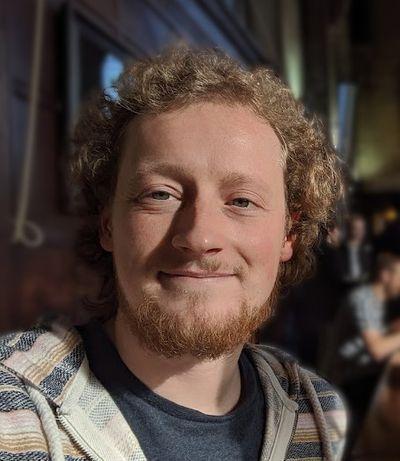Christine Awofeso
Christine is an Algo Lab PhD student. She is working on implementing algorithms for measuring graph sparsity.

Felix Reidl
Felix is a Senior Lecturer at Birkbeck. His speciality is the design of algorithms for sparse graphs.

Oded Lachish
Oded is a Reader at Birkbeck. His speciality are analysis of algorithms, in particular using the probabilistic method.

Patrick Greaves
Patrick is an Algo Lab PhD student. He is working on researching and implementing algorithms to compute sparsity measures.


